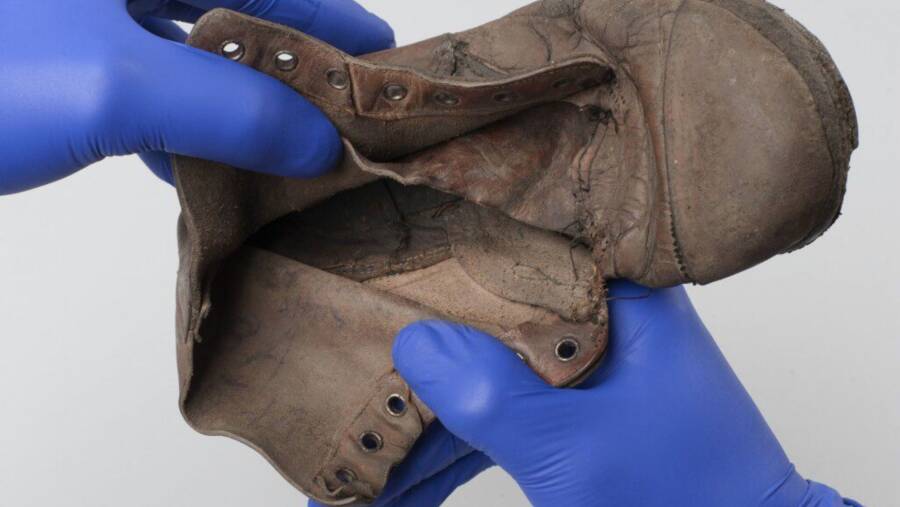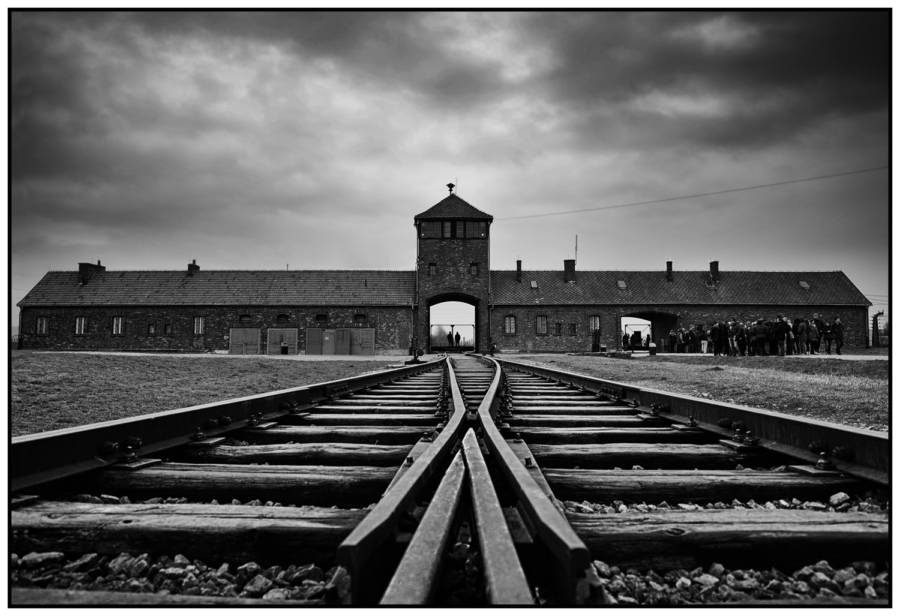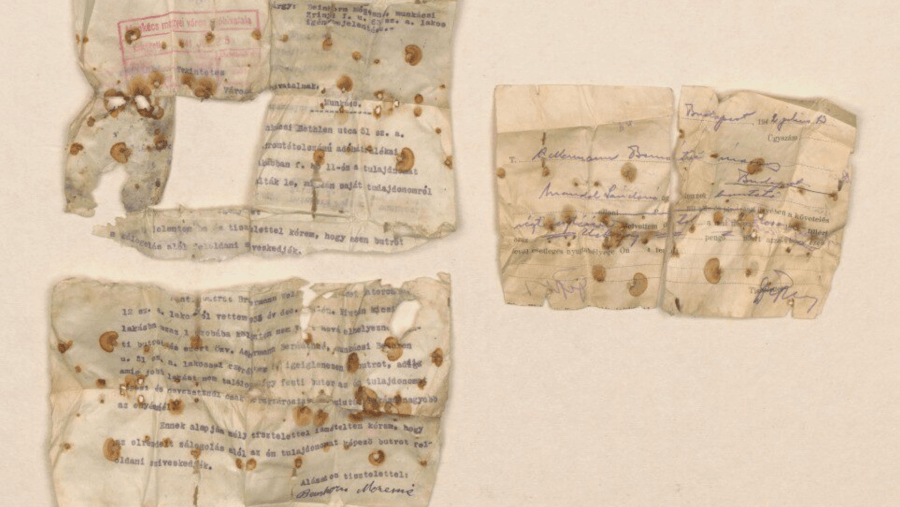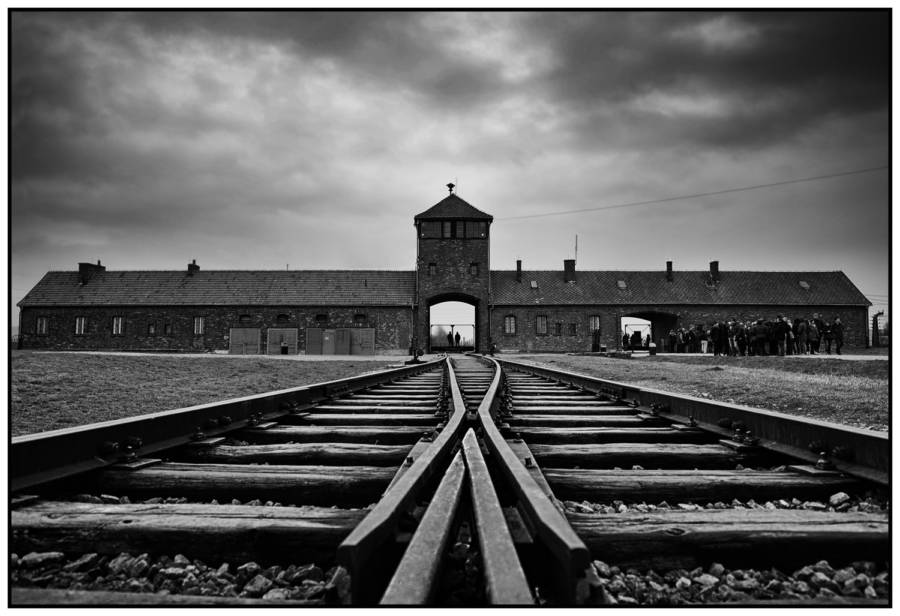Mysterious Scribbles in Auschwitz Child's Shoes Unveiled After Decades
In the haunting silence of Auschwitz-Birkenau, every fragment of the past whispers a tale of human endurance and heartbreak. Imagine the meticulous efforts of preservationists as they sift through the palpable remnants of history, uncovering stories in the most mundane of items—like a pair of small shoes. These shoes, belonging to Amos Steinberg, a Czech boy of just six years, speak volumes of a life cut tragically short in 1944. Can an object as simple as a shoe carry the weight of a narrative so heavy? Absolutely. As we tread through the pages of history, we’re reminded that behind every item, every document, and yes, every shoe, there’s a person, a story, a life once lived.
Here’s what these artifacts are still teaching us:
– Innocence preserved: The shoes, preserved under the breath of Auschwitz’s somber memory, held not just a name, but the registration number and transport details of little Amos. It’s as if his mother wanted him remembered, known, and not just another number in the tragic count.
– A family's fate: Alongside tales of survival, there are stories of forced separation. Amos’s father was later moved from Auschwitz to Dachau, surviving only to learn of his son’s fate. It’s a painful reminder of family divisions during those dark days.
– Time capsules in leather: Imagine opening a shoe to find not just an insole, but history’s own handwritten notes included. Documents dating back to 1941 and 1942, scribbled with names and destinations, offer a poignant snapshot of the lives interrupted.
– Archives of history: The Auschwitz-Birkenau Memorial and Museum continue to serve as a beacon of remembrance, their efforts ensuring that each found item, including Amos’s shoes and accompanying documents, are preserved, analyzed, and set to whisper their stories to generations yet unaware.
In a time where memory and legacy are all we have of the lost, each piece unearthed at Auschwitz contributes more than just to history—it adds to the living memorial of joy, sorrow, and unrelenting hope.
The shoes belonged to a child named Amos Steinberg, who was deported to the camp with his mother in 1944. Neither survived.

Memorial and Museum Auschwitz-BirkenauThis pair of shoes contained a child’s first and last name, mode of transport, and registration number.
Experts at the Auschwitz-Birkenau Memorial and Museum continue to uncover relics of the Holocaust to this day. Just this week, they found a pair of children’s shoes with a handwritten inscription detailing the child’s name, their mode of transport to the Auschwitz concentration camp, and their registration number.
According to Fox News, researchers were in the process of renovating Block 17 of Auschwitz’s main camp when they found the note stuffed into a pair of small shoes that belonged to Amos Steinberg, a six-year-old Czech boy who had arrived to Auschwitz in 1944.
“From surviving documents, it follows that the mother and her son were deported to Auschwitz in the same transport… It is likely that they were both murdered in the gas chamber after selection. We may presume that she was most likely the one who ensured that her child’s shoe was signed,” a statement by the Memorial and Museum explained.

Daniel BRIOT/FlickrThe train tracks that lead into Auschwitz.
Auschwitz-Birkenau was made operational in 1940 and was essentially a complex of concentration camps, where Birkenau served as its primary extermination center. It is sometimes referred to as Auschwitz II.
More than 1 million men, women, and children were murdered here. Six-year-old Steinberg’s unspeakable end began with his incarceration in the Theresienstadt Ghetto on August 10, 1942. Steinberg’s father was separated from them and was transferred from Auschwitz to Dachau in 1944.
According to Hanna Kubike from the Auschwitz Museum Collections, Steinberg’s father lived to hear of his son’s death, as he was liberated from the Kaufering sub-camp.

Memorial and Museum Auschwitz-BirkenauAnother shoe yielded numerous documents, which included the names Ackermann, Brávermann, and Beinhorn.
Along with Steinberg’s pair, another couple of shoes were found that contained documents written in Hungarian. Experts currently believe that these belonged to inmates who previously lived in Budapest as well as the city of Munkács in modern-day Ukraine.
“We already have shoes with such findings in our collections, but these are mainly newspapers, which were often used as insoles or additional insulation,” said Kubik. “This find is precious and interesting because the documents have been preserved in good condition and they contain dates, names of the persons concerned and handwritten captions. They date back to 1941 and 1942.”
Kubik explained that the papers include official documents, a piece of paper with a name, and part of a brochure. The documents included the names of Ackermann, Brávermann, and Beinhorn.
“They were probably deported to Auschwitz in the spring or summer of 1944 during the extermination of Hungarian Jews,” she said. “I hope that more in-depth research will allow us to determine the details of the individuals.”


















